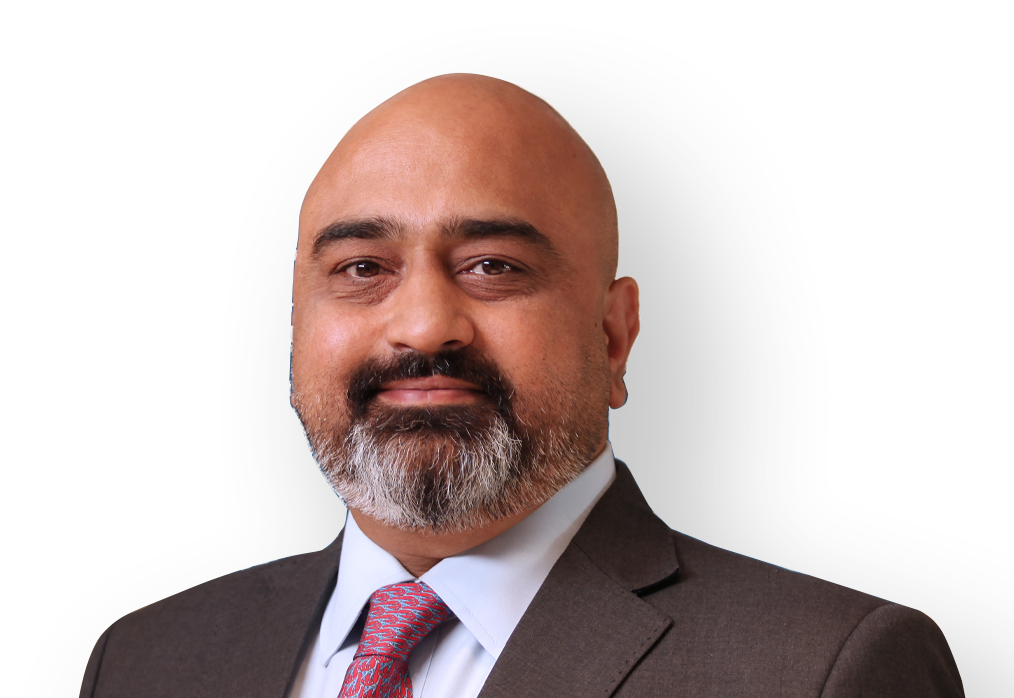Insights
Telemedicine and virtual consultation: Next big opportunity?
November 2, 2020Not all sectors seem to be adversely impacted by the effects of the Covid-19 pandemic. The telemedicine or zoom medicine has been left unscathed and has skyrocketed multi-fold after the introduction of the telemedicine guidelines by the Centre on March 25, 2020. Since the Covid-19 pandemic, there has been 500 per cent rise in telemedicine consultations, with 80 per cent of the users being debutants.

Though the concept of telemedicine has been prevalent over the last two decades, the Covid-19 virus and related lockdowns has nudged the government to provide legal sanctity to the telemedicine sector, and paved way not only for using remote monitoring solutions and non-contact technologies, but also for providing instant consultations and preventing exposures to infection.
Read More+
Needless to mention, in India, while the large proportion of population lives in rural areas, the healthcare establishments are concentrated in the urban areas; and telemedicine has the potential to bridge the gap and overcome infrastructural challenges.
The telemedicine guidelines enable the registered medical practitioners (RMPs) to provide healthcare services using technology-based platforms. RMPs are the persons who are enrolled in the state medical or national medical register under the Indian Medical Council Act, 1956. The telemedicine guidelines recognizes three primary modes of providing consultation —- video, audio or text (chat, messaging, email, fax etc.), and mandate patient consent, whether implied or explicit, for providing any consultation. It is relevant to note that the RMPs are prohibited from prescribing any medicines listed in Schedule X of Drugs and Cosmetics Act 1940 and related rules, or any narcotic and psychotropic substance listed in the Narcotic Drugs and Psychotropic Substances, Act, 1985. Further, the telemedicine guidelines do not allow the use of digital technologies to conduct surgical or invasive procedures remotely and do not cover data management systems or consultations outside the jurisdiction of India.
The telemedicine guidelines also prescribe requirements to be followed by technology platforms which facilitate telemedicine consultations. Technology platforms are required to ensure that the users are consulting only with the RMPs and they are required shall conduct proper due diligence before listing any RMP on their portals. Any non-compliance will have to be reported by the platform to the competent authority – Board of Governors. Further, artificial intelligence/machine learning-based technology platforms cannot be used to counsel patients or prescribe any medicines. Any violation of the telemedicine guidelines would result in the competent authority blacklisting the technology platform.
The ever increasing cases of Covid-19 infections and absence of the Covid-19 vaccine will result in the telemedicine consultation becoming a necessary choice. This will open a window of opportunities for various interested and qualified parties, to set benchmarks in the telemedicine industry, acquire local customer case and develop innovative, technology-based and efficient strategies for providing instant healthcare services.
It is important to recall the government’s Ayushman Bharat Pradhan Mantri Jan Arogya Yojana scheme (Arogya Scheme) launched in September 2018 to provide free access to healthcare for 40 per cent of people in the country. The Arogya Scheme is yet to reach its potential, but with telemedicine guidelines, it is expected that awareness would be increased and healthcare services would be made available at a greater pace.
Further, the tele-consultation platforms launched by the government –– e-Sanjeevani and e-Sanjeevani OPD — have been implemented in 23 states and e-Sanjeevani OPD platform has completed a landmark milestone of 4 lakh tele-consultations, as on September 26, 2020. The scope and potential of tele medicine industry can be estimated from these figures.
Experts believe that the telemedicine industry will create a more than US$5 billion market by 2025, with a CAGR of 30 per cent. The telemedicine guidelines are clearly a lifeline and a shot in the arm for the industry.
As on date, the telemedicine industry is beamed with start-ups as opposed to top MNCs, signalling that the sector is still in its nascent stage with huge potential for growth, and the time is ripe for the interested stakeholders to step-in and grab the opportunity.
Read Less-
Disclaimer
This is intended for general information purposes only. The views and opinions expressed in this article are those of the author/authors and does not necessarily reflect the views of the firm.


